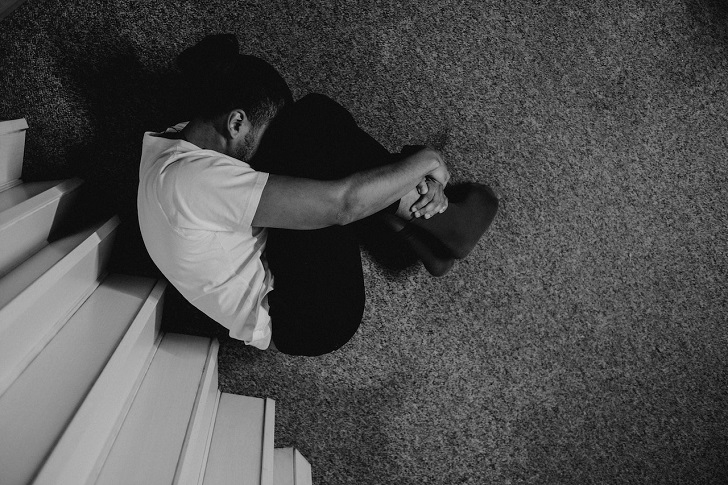In the intricate tapestry of mental health, panic disorder stands as a formidable thread that weaves through the lives of many. It's an often misunderstood condition, where sudden waves of intense fear and dread can engulf an individual, seemingly out of nowhere.
To shed light on this intricate web of emotions, let's delve into the signs of panic disorder and illuminate the path toward understanding and support.
The Unpredictable Onslaught: Panic Disorder Unveiled
Imagine standing in a bustling crowd, your heart racing, your palms sweating, and an overwhelming sense of impending doom clouding your thoughts. You may feel like you're losing control or even on the brink of a heart attack. These are some of the hallmarks of panic disorder – an anxiety disorder that can unleash a whirlwind of debilitating physical and emotional sensations.

Cottonbro Studio/ Pexels | A panic attack can last from a few minutes to half an hour
Intense Panic Attacks
At the core of panic disorder lies the phenomenon of panic attacks. These are abrupt surges of fear that can strike without any apparent trigger. The physical and psychological symptoms include heart palpitations, shortness of breath, dizziness, trembling, a sense of detachment from reality, fear of losing control, and even the fear of dying.
Fear of Future Attacks
One of the defining characteristics of panic disorder is the persistent fear of experiencing another panic attack. This fear can often spiral into a vicious cycle, where the dread of an attack can trigger heightened anxiety, inadvertently leading to the panic attack one fears.
Agoraphobia
Panic disorder and agoraphobia can intertwine, creating a complex interplay of emotions. Agoraphobia is the fear of situations or places that might trigger a panic attack. Individuals with panic disorder might avoid crowded places, public transportation, or any location where escaping or receiving help might seem difficult in case of an attack.

Mikhail Nilov/ Pexels | In the chaos of panic, find solace in the calm within you
Physical Manifestations
Panic attacks can unleash a storm of physical symptoms, contributing to overall distress. Individuals might experience a pounding heart, rapid heartbeat, chest pain, difficulty breathing, sweating, trembling, and even nausea. These physical sensations can further intensify the fear associated with the attacks.
Emotional Toll
The emotional toll of panic disorder is profound. Feelings of terror, helplessness, and extreme vulnerability can infiltrate an individual's psyche. The emotional weight can lead to persistent worry about future attacks and the far-reaching consequences they might bring.
Behavioral Changes
Panic disorder often prompts individuals to modify their behaviors to avoid triggering panic attacks. This might lead to avoidance of situations, places, or even people that could evoke anxiety. The impact on daily life can be substantial, as individuals curtail their activities and engagements to stave off panic.

Ivan Oboleninov/ Pexels | You can't stop the waves, but you can learn to surf
Physical Health Complications
The physiological upheaval during panic attacks can take a toll on the body. Chronic stress, often a companion of panic disorder, can contribute to various physical health problems, including heart issues, gastrointestinal distress, and weakened immune systems.
Sleep Disturbances
Panic disorder can disrupt the delicate balance of sleep. Nighttime panic attacks or worrying about potential attacks can lead to insomnia or irregular sleep patterns. The lack of restorative sleep can further exacerbate the emotional and physical toll of the disorder.

